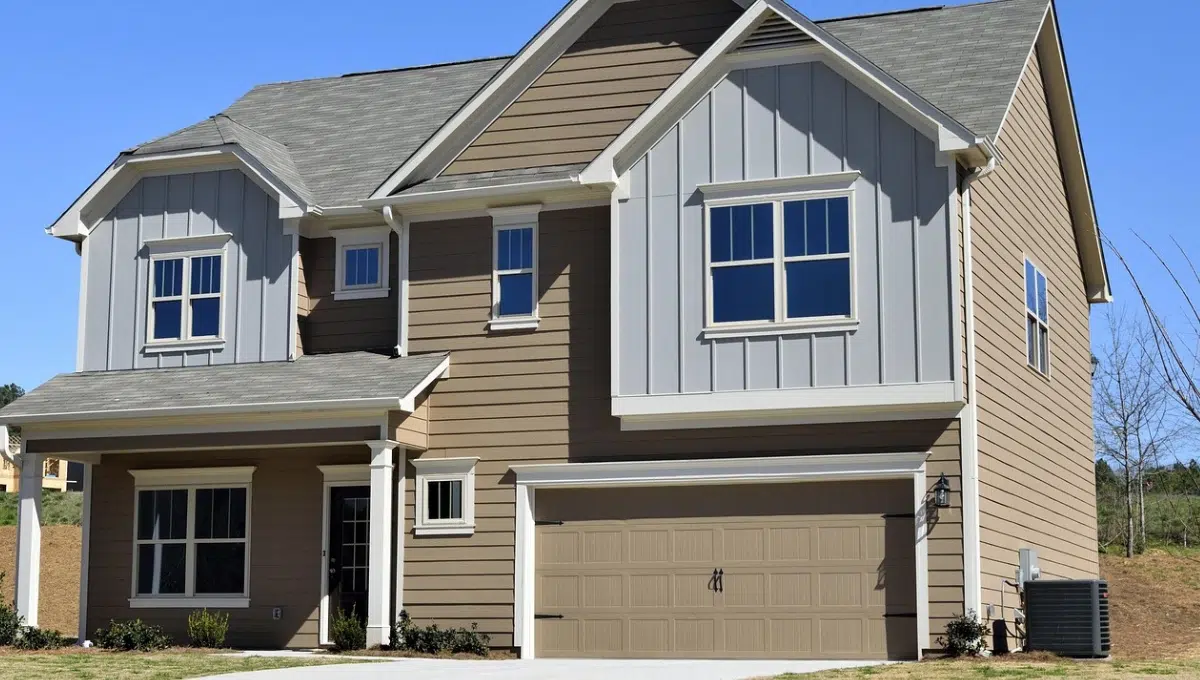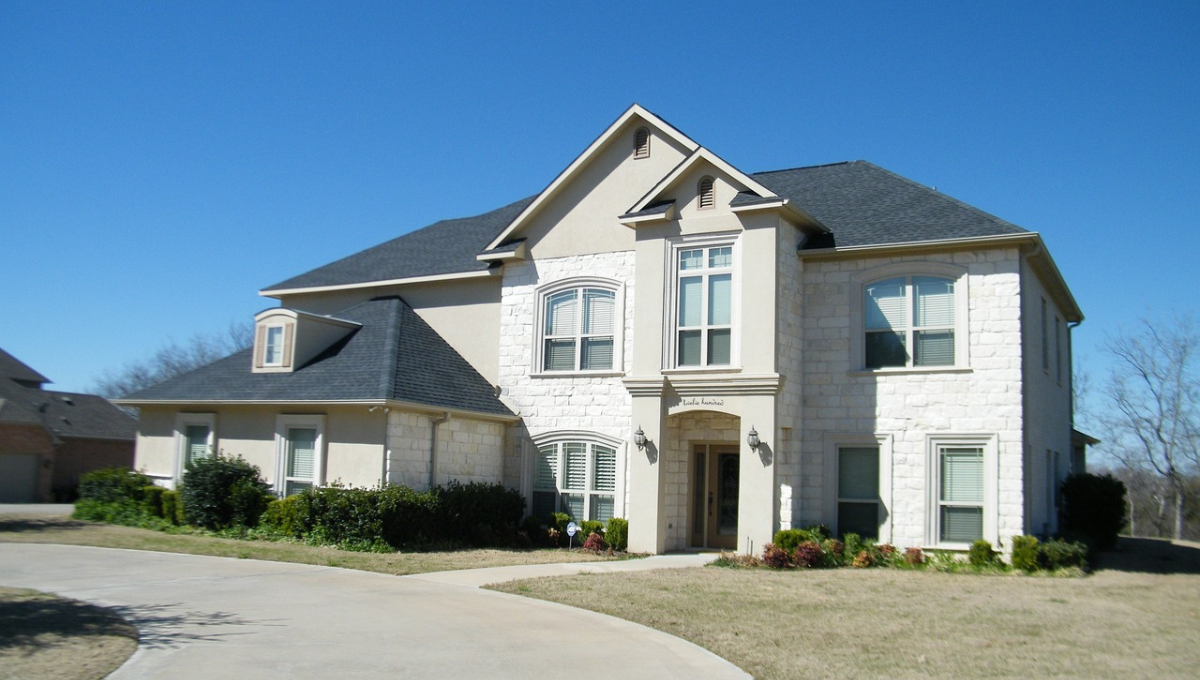Homeownership represents a significant milestone, but safeguarding that investment requires understanding homeowners insurance. Costs and regulations differ dramatically across the United States, shaped by state-specific laws, natural disaster risks, and economic factors. These variations influence premiums, coverage requirements, and even the availability of policies. Homeowners must grasp these differences to secure adequate protection without overpaying.
Each state’s unique geography and legal framework creates a distinct insurance landscape. For instance, coastal states like Florida face high premiums due to hurricane risks, while states like Vermont enjoy lower rates due to fewer natural disasters. Beyond geography, state regulations dictate what insurers can charge and what policies must cover. This guide dives into these nuances, offering clarity on how homeowners can navigate this complex system.
By exploring state-by-state differences, homeowners gain the knowledge to make informed decisions. From understanding legal requirements to comparing average costs, this comprehensive guide illuminates the factors driving homeowners insurance across the nation.
Why Homeowners Insurance Varies by State
Homeowners insurance isn’t a one-size-fits-all product. Several factors contribute to the variations in costs and regulations across states. These differences stem from environmental risks, state laws, and economic conditions.
Key Factors Influencing State Differences
- Natural Disaster Risks: States prone to hurricanes, tornadoes, or wildfires face higher premiums due to increased claims. For example, Oklahoma’s tornado-prone environment drives its average annual premium to $6,133, while Hawaii’s low-risk profile results in rates as low as $632.
- State Regulations: Each state has its own insurance laws, affecting policy structures and pricing. California, for instance, restricts insurers from using credit scores to set rates, potentially lowering costs for some homeowners.
- Construction Costs: Rebuilding costs vary by state due to labor and material prices. Older homes in states like Nebraska may cost more to insure due to expensive materials.
- Litigation Trends: States with high litigation rates, like Florida, see elevated premiums as insurers pass legal costs to policyholders.
- Population Density: States with smaller populations, like Nebraska, spread costs over fewer policyholders, increasing individual premiums.
Economic and Demographic Impacts
Economic factors, such as inflation and housing market trends, also play a role. Rising construction costs nationwide have pushed premiums higher, with a 40.4% cumulative increase from 2019 to 2024. States with high poverty rates, like Louisiana, often face steeper rate hikes, exacerbating affordability challenges.
State-Specific Insurance Laws
While no state mandates homeowners insurance by law, mortgage lenders typically require it. However, regulations governing coverage, pricing, and consumer protections vary widely.
Notable State Regulations
- California: Requires insurers to provide clear disclosures about replacement cost coverage to prevent underinsurance. Senate Bill 1855 ensures homeowners understand policy limits.
- Louisiana: Recently repealed the “three-year rule,” allowing insurers to drop policies after three years, aiming to stabilize rates through competition.
- Texas: Mandates fair and reasonable rates but allows insurers to use credit scores, impacting premiums for some homeowners.
- Massachusetts: Prohibits using credit scores to set rates, similar to California, ensuring fairer pricing for those with lower credit.
FAIR Plans for High-Risk Areas
In states with high natural disaster risks, such as California and Florida, standard insurers may limit coverage. FAIR (Fair Access to Insurance Requirements) Plans provide coverage for high-risk properties. These state-backed programs ensure homeowners in vulnerable areas can still obtain insurance, though often at higher costs.
Average Home Insurance Costs by State
Home insurance premiums fluctuate significantly across states, driven by risk profiles and economic factors. The national average for a policy with $300,000 in dwelling coverage and a $1,000 deductible is $2,801 annually. Below is a breakdown of costs in select states.
| State | Average Annual Premium | Key Risk Factors |
|---|---|---|
| Oklahoma | $6,133 | Tornadoes, hailstorms |
| Nebraska | $5,912 | Tornadoes, severe weather |
| Kansas | $5,412 | Tornadoes, windstorms |
| Florida | $4,405 | Hurricanes, litigation |
| Hawaii | $632 | Low natural disaster risk, excludes hurricanes |
| Vermont | $918 | Low risk of catastrophic events |
| California | $1,480 | Wildfires, earthquakes (excluded) |
Cost Trends and Projections
Premiums have risen steadily, with a 11.4% increase in 2024 alone. States like Colorado saw a 76.6% cumulative increase from 2019 to 2024 due to wildfire risks. Experts predict continued rises as climate change intensifies storms and rebuilding costs climb.
Key Facts and Findings
- Regulatory Impact: States like California and Massachusetts restrict credit-based pricing, potentially benefiting lower-credit homeowners.
- Highest Costs: Oklahoma ($6,133), Nebraska ($5,912), and Kansas ($5,412) lead in premiums due to severe weather risks.
- Lowest Costs: Hawaii ($632), Vermont ($918), and Delaware have the lowest premiums due to minimal disaster risks.
- Rising Rates: Nationwide, premiums increased 40.4% from 2019 to 2024, with Colorado seeing the highest jump at 76.6%.
- Exclusions: Flood and earthquake coverage require separate policies in most states.
Coverage Differences Across States
Standard homeowners insurance policies typically include dwelling, personal property, liability, and additional living expenses coverage. However, what’s included or excluded varies by state due to differing risks.
Common Exclusions
- Flood Damage: Excluded nationwide; requires separate flood insurance, critical in states like Florida and Louisiana.
- Earthquake Damage: Not covered in standard policies; separate coverage is necessary in states like California.
- Hurricane Damage: Excluded in states like Hawaii, requiring additional endorsements.
State-Specific Coverage Nuances
- Texas: Policies often include separate windstorm deductibles for coastal areas, increasing out-of-pocket costs.
- Alaska: Covers water damage from burst pipes due to freezing, a common risk, but premiums remain low due to minimal natural disasters.
- Florida: High litigation rates lead to endorsements for liability coverage to protect against lawsuits.
How to Save on Homeowners Insurance
Despite rising costs, homeowners can take steps to reduce premiums while maintaining adequate coverage.
Practical Savings Strategies
- Shop Around: Compare quotes from multiple insurers. For example, Travelers offers rates as low as $1,755 in Florida, compared to the state average of $4,405.
- Increase Deductibles: Raising deductibles lowers premiums but increases out-of-pocket costs during claims. Ensure affordability before choosing this option.
- Install Safety Features: Smoke alarms, deadbolt locks, and sprinkler systems often qualify for discounts.
- Bundle Policies: Combining home and auto insurance can reduce costs. Many insurers offer bundling discounts.
- Improve Credit: In states allowing credit-based insurance scores, better credit can lower premiums.
State-Specific Savings Opportunities
- California: Homeowners near fire stations or with fire-resistant materials may receive discounts.
- Florida: Installing hurricane shutters or impact windows can reduce premiums in hurricane-prone areas.
Securing the Right Coverage
Homeowners insurance serves as a critical shield for one’s most valuable asset. The stark differences in costs, regulations, and coverage across states underscore the importance of tailored research. From Oklahoma’s tornado-driven premiums to Hawaii’s budget-friendly rates, understanding state-specific factors empowers homeowners to make informed choices.
By comparing quotes, leveraging discounts, and understanding exclusions like flood or earthquake coverage, homeowners can balance cost and protection. As climate risks and economic pressures continue to drive premiums upward, staying proactive is essential. Whether in a high-risk state like Florida or a low-cost state like Vermont, the right policy ensures peace of mind and financial security.
FAQs About Homeowners Insurance by State
- Is homeowners insurance legally required?
No state mandates homeowners insurance, but mortgage lenders typically require it to protect their investment. - Why are premiums higher in some states?
Premiums rise in states with frequent natural disasters, high litigation, or costly rebuilding materials, like Oklahoma and Florida. - What is a FAIR Plan?
FAIR Plans provide coverage for high-risk properties in states like California and Florida where standard insurers limit policies. - Does standard insurance cover floods?
No, flood damage requires separate flood insurance, especially in coastal states like Louisiana. - How do state laws affect premiums?
Regulations, like California’s credit score restrictions or Louisiana’s repealed three-year rule, influence pricing and policy availability. - Can homeowners lower premiums?
Yes, by comparing quotes, raising deductibles, installing safety features, or bundling policies. - Why is Hawaii’s insurance so cheap?
Hawaii’s low premium ($632) stems from minimal natural disaster risks, though hurricane coverage is excluded. - How does credit affect insurance rates?
In most states, poor credit can increase premiums significantly, except in states like California where it’s restricted. - What are state-specific deductibles?
Some states, like Texas, impose separate deductibles for windstorms or hurricanes, increasing out-of-pocket costs. - How do rising construction costs impact premiums?
Higher labor and material costs, especially in states like Nebraska, drive up replacement costs, increasing premiums.







